India's construction sector undergoes a transformative phase, marked by the rise of inventive materials that amplify both durability and efficiency while championing sustainable practices. In this dynamic landscape, innovative materials like robust concrete, versatile steel, enduring bricks, eco-friendly wood, and cutting-edge glass. Etc. take center stage – Together, they underpin construction projects across the nation, embodying the varied requirements and advancements within the Indian construction industry
AAC Blocks (Autoclaved Aerated Concrete):
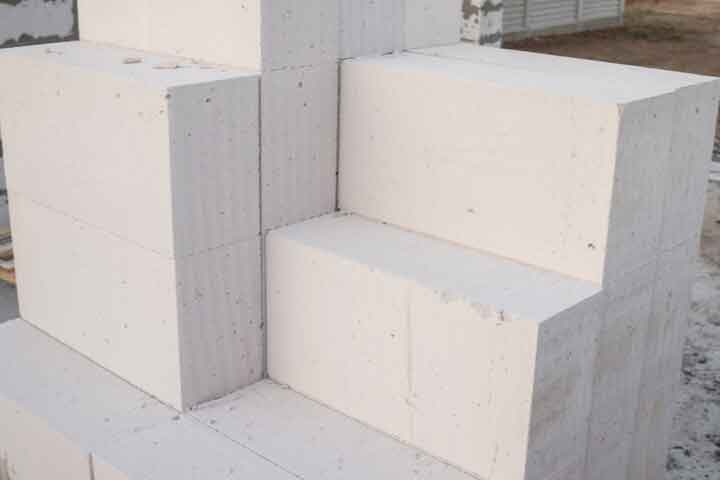
Autoclaved Aerated Concrete (AAC) blocks, a low-maintenance precast material, provide superior thermal insulation and durability. With heat-insulating features, AAC blocks save on air conditioning costs and offer benefits like reduced construction time and environmental advantages. They are a favored choice for residential and commercial projects, ensuring efficiency and sustainability.
A report by AAC worldwide says, Despite AAC blocks' increased use in construction, they constitute only 7-8% of the market, with red clay bricks dominating 85-90%. AAC's global market is poised to grow at a 7.5% CAGR, reaching 15 billion Euros by 2027. In India, a 14.3% CAGR is projected from 2020-2027.
Benefits:
- Owners enjoy reduced maintenance costs and energy savings.
- Developers meet green building standards, attracting environmentally conscious investors.
- Societal and environmental benefits include reduced carbon footprint and conservation of natural resources.
Ready-Mix Concrete (RMC):
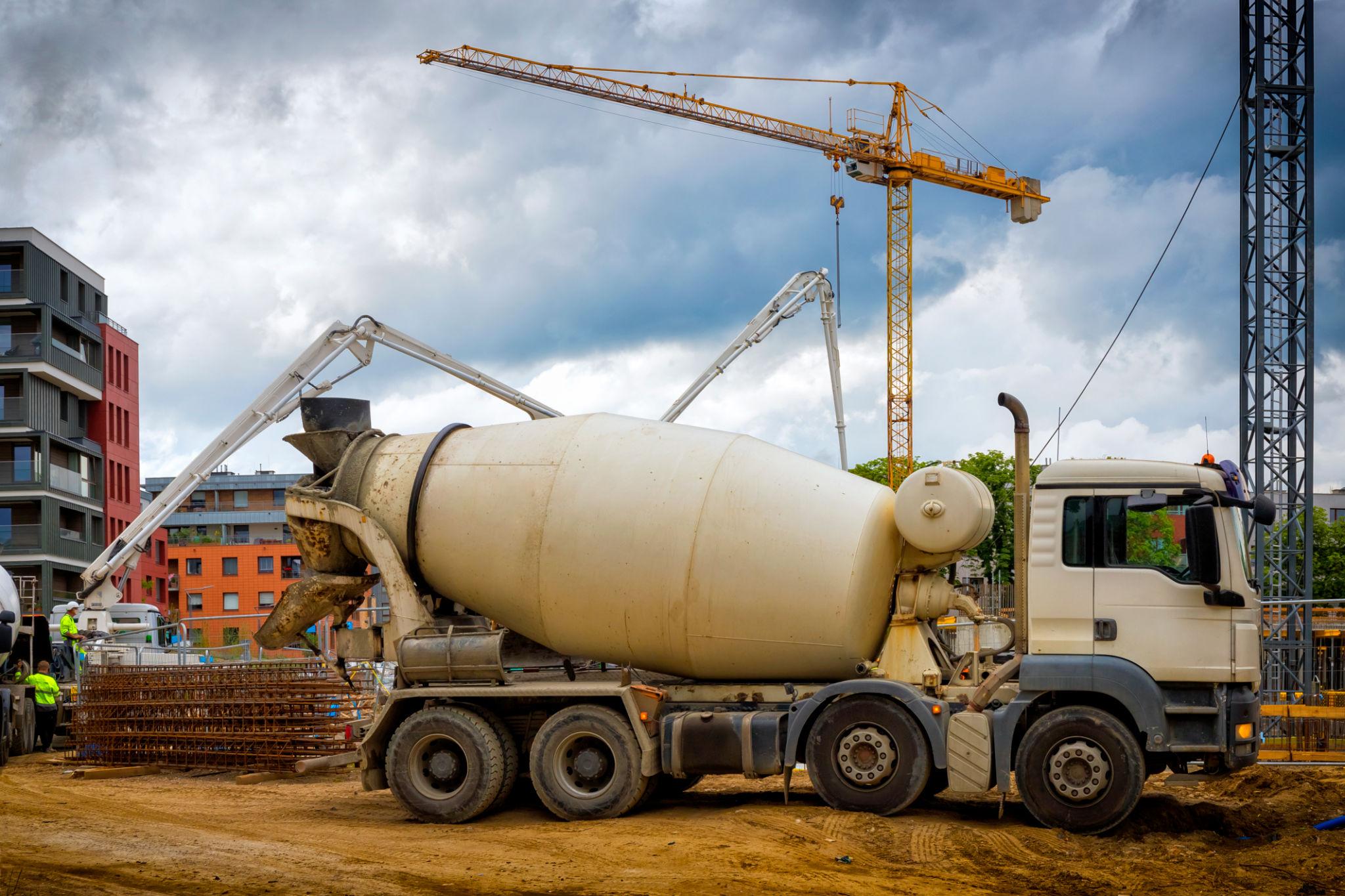
Ready-Mix Concrete (RMC) is a pre-mixed blend of cement, aggregates, and water, precisely manufactured for construction needs.Its usage is steadily rising due to the convenience it brings to construction sites.
According to reports, The ready-mix concrete market share in India is estimated to increase by USD 1.47 billion from 2021 to 2026 at an accelerating CAGR of 6.15%.
Benefits:
- Owners get assurance of consistent quality due to its pre-mixed composition.
- RMC speeds up construction timelines, enhancing overall project efficiency for developers.
- The use of RMC minimizes material wastage, promoting cost savings and sustainability.
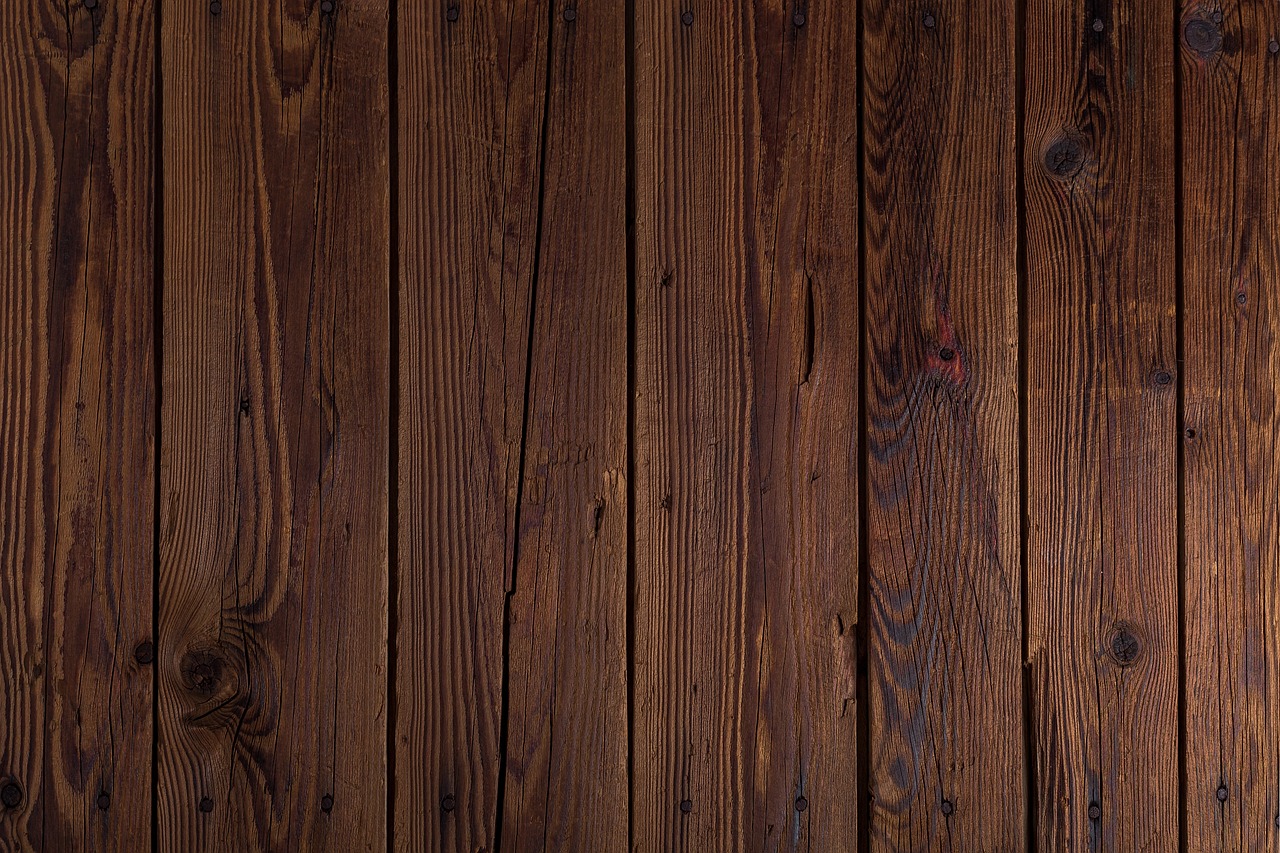
Green Building Materials encompass eco-friendly construction elements, including recycled steel, bamboo, and reclaimed wood, designed to align with sustainable building practices. These materials offer a conscientious alternative to traditional options, contributing to environmentally responsible construction.
As per construction week, Anticipated to surpass USD 364 billion by 2022, the global green building materials market witnesses significant dominance in the Asia-Pacific region. In India, the green building sector achieved total revenues of $29.2 billion in 2022, reflecting a steady compound annual growth rate (CAGR) of 7.5% from 2017 to 2022.
Benefits
- Owners enjoy energy savings and enhanced property value.
- Developers meet sustainability goals and attract eco-conscious clientele.
- Society gains improved environmental health and reduced ecological impact.
UPVC Windows and Doors:
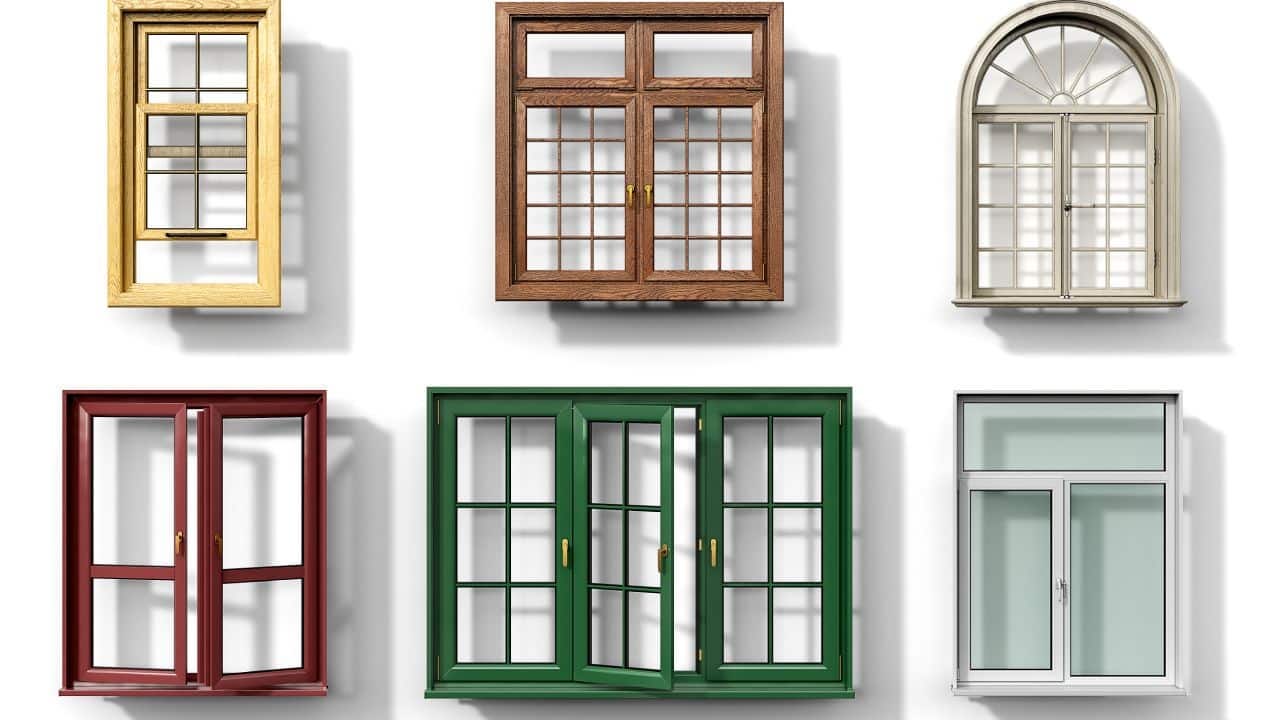
uPVC (unplasticized polyvinyl chloride) doors and windows are construction elements known for exceptional insulation, durability, and minimal upkeep, widely utilized in both residential and commercial building projects.
A report by Mordor Intelligence, The Indian uPVC doors and windows market is expected to register a CAGR of over 7% during 2021-2026.
Benefits:
- Owners enjoy enhanced durability and low maintenance, leading to cost savings.
- Incorporating uPVC help developers meet efficiency standards and boosts property appeal.
- Offers improved energy efficiency, reducing carbon footprint and enhancing sustainability in construction and thus betterment of environment.
Energy-Efficient Glass:
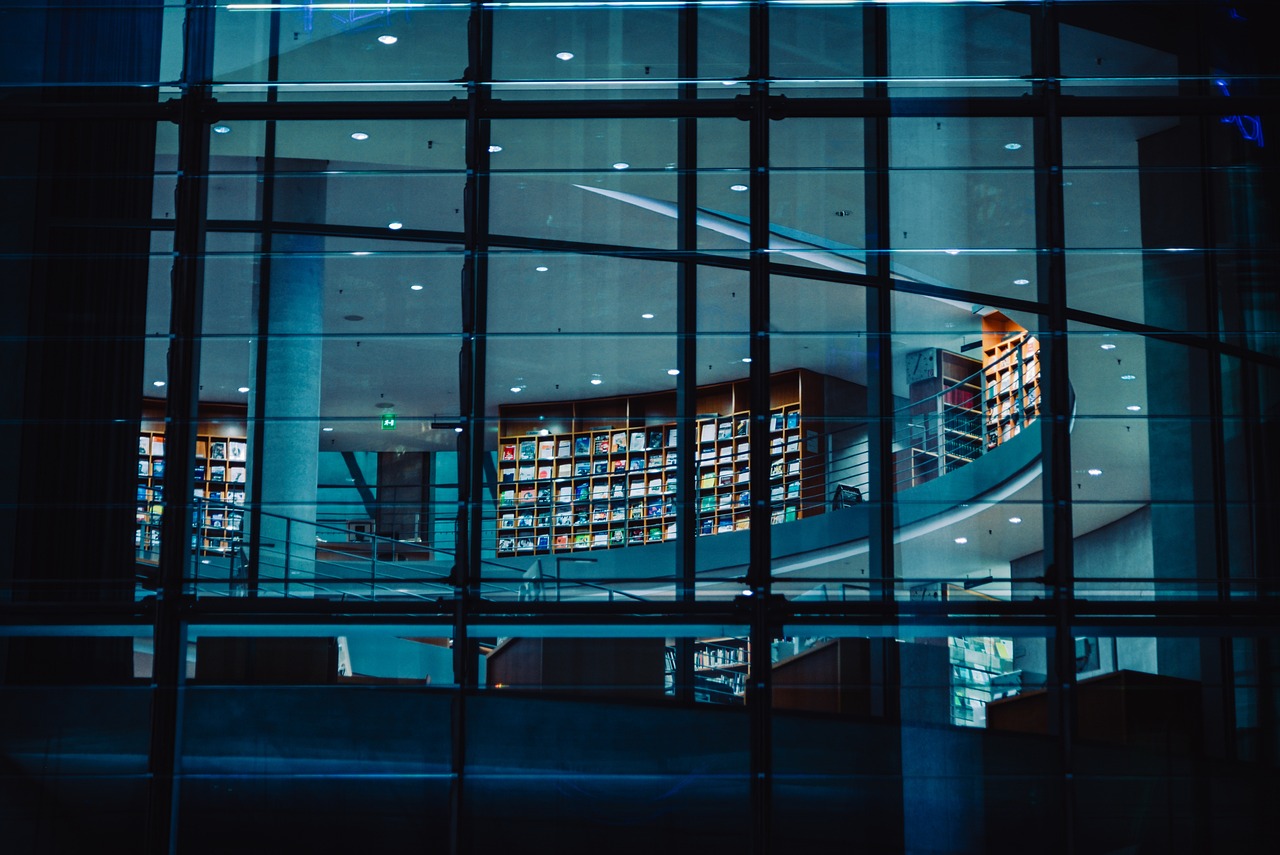
Energy Efficient Glass is a specialized type of glass designed to minimize energy expenses. It achieves this by either reflecting heat back into the room or by preventing excessive sunlight penetration. The composition of Energy Efficient Glass involves various materials such as titanium dioxide, silver, and glass beads, contributing to its effective energy-saving properties.
According to market business insights, the Energy Efficient Glass Market is projected to achieve a value of USD 36.5 billion by 2030 on a global scale. The market's expansion is credited to heightened demand within the building and construction sector. Additionally, a growing awareness of the imperative to curtail energy expenses contributes significantly to the market's upward trajectory.
Benefits:
- Owners experience lower energy bills and improved indoor comfort.
- Developers meet green building certifications, enhancing property value.
- Society benefits from reduced energy consumption and environmental impact.
As the Indian construction industry evolves, these top five materials are reshaping the way structures are built. The market dynamics, coupled with the sustainable and performance benefits offered by these materials, signify a promising future for the construction sector in India.

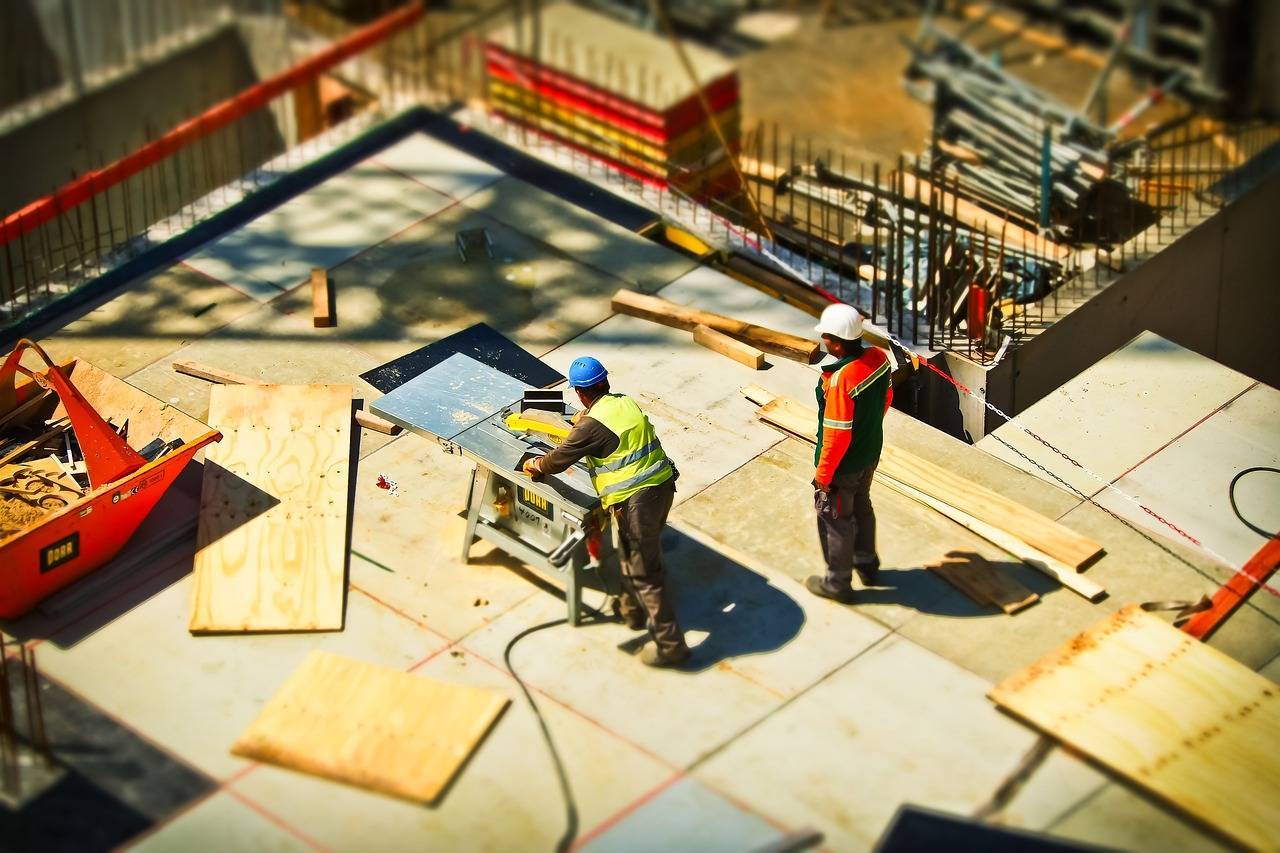


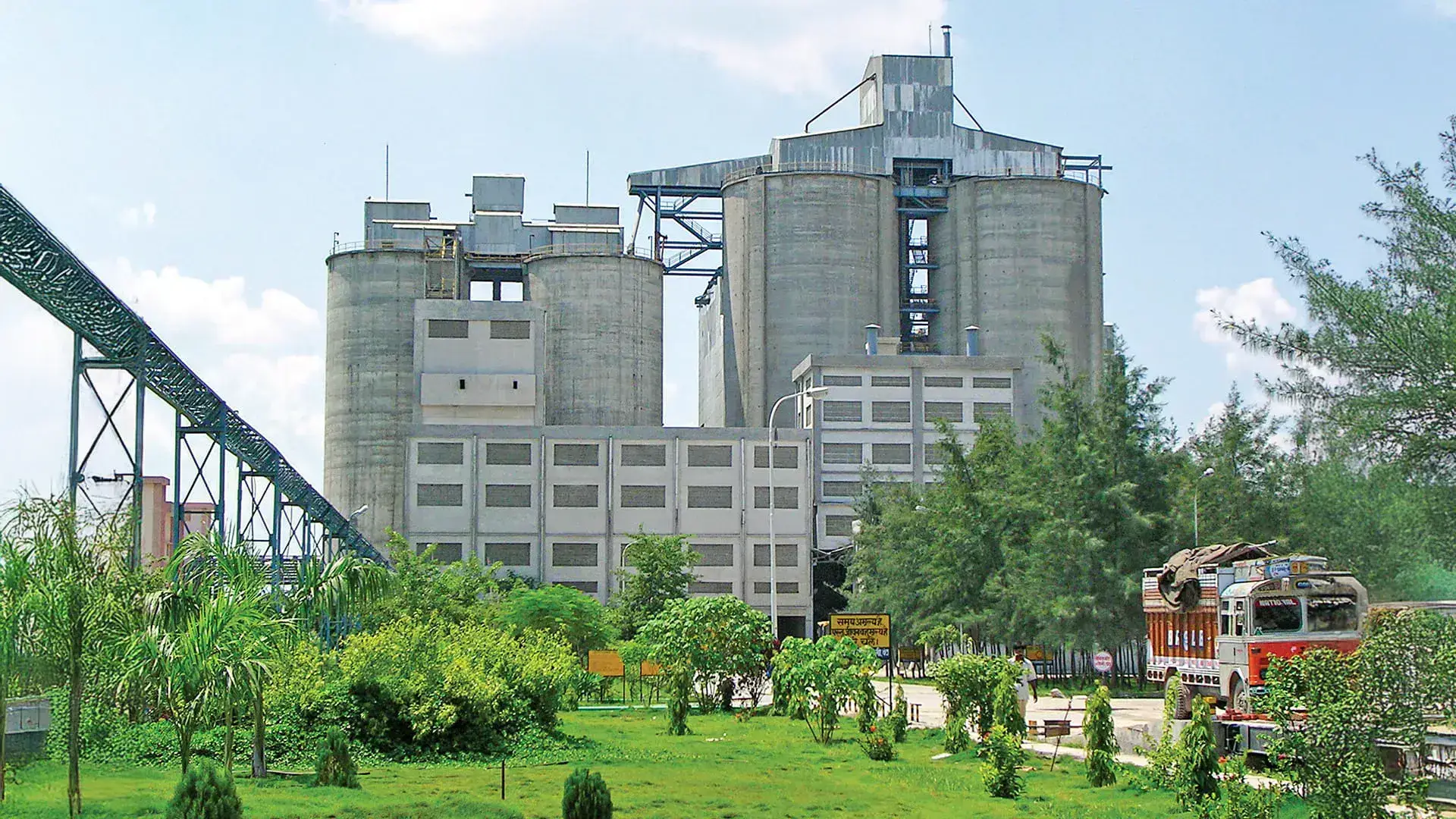

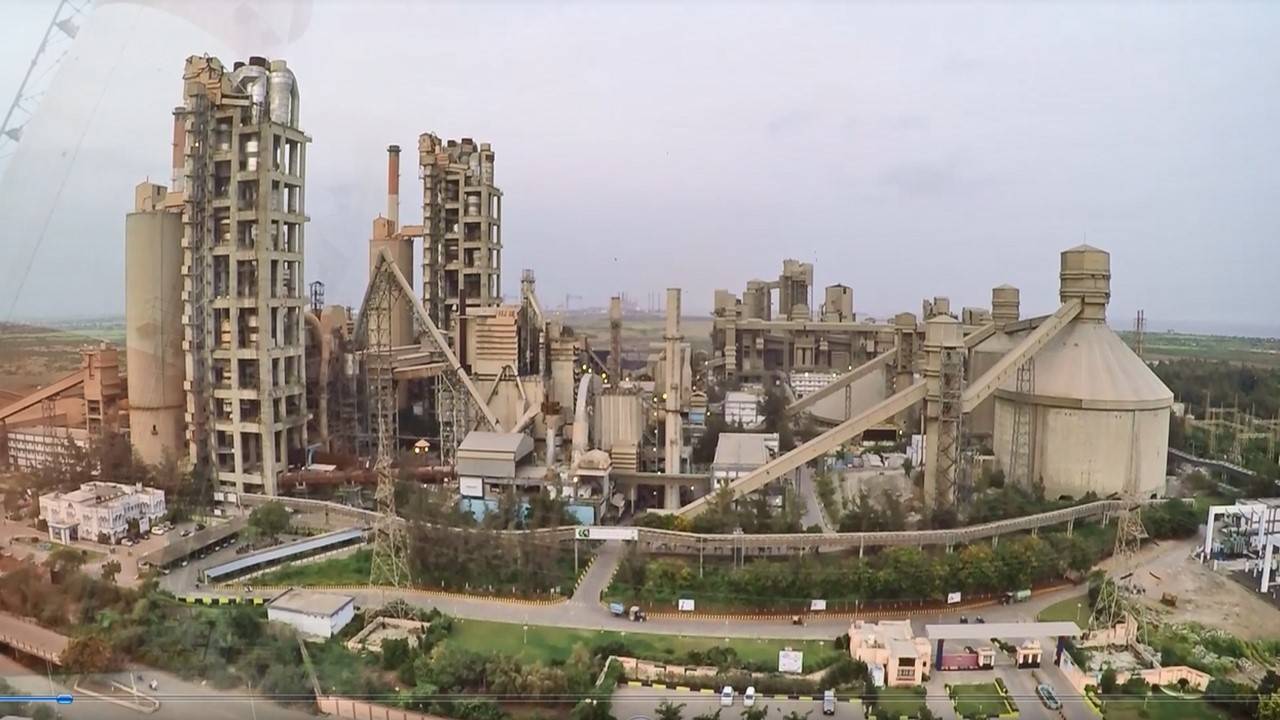
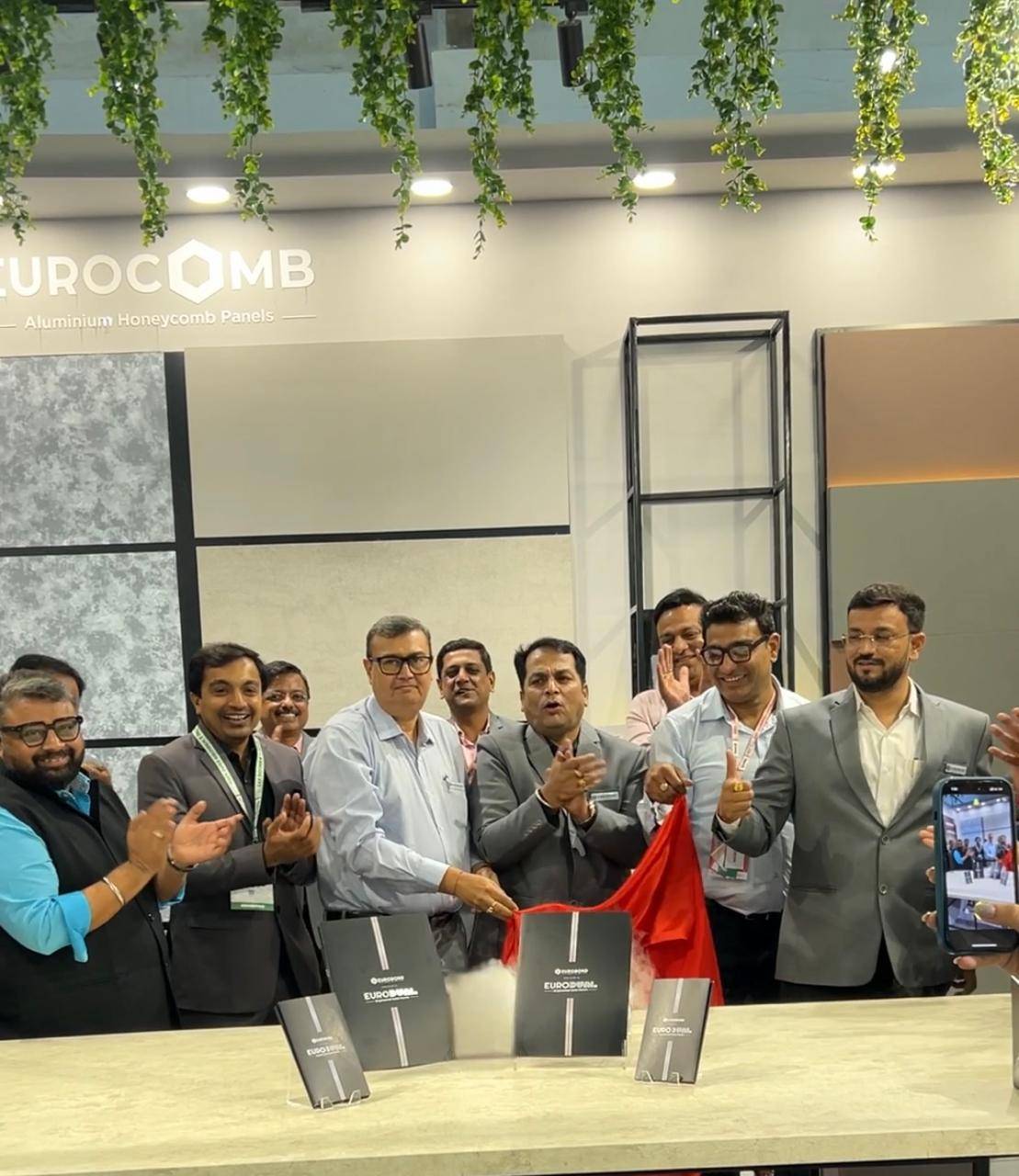
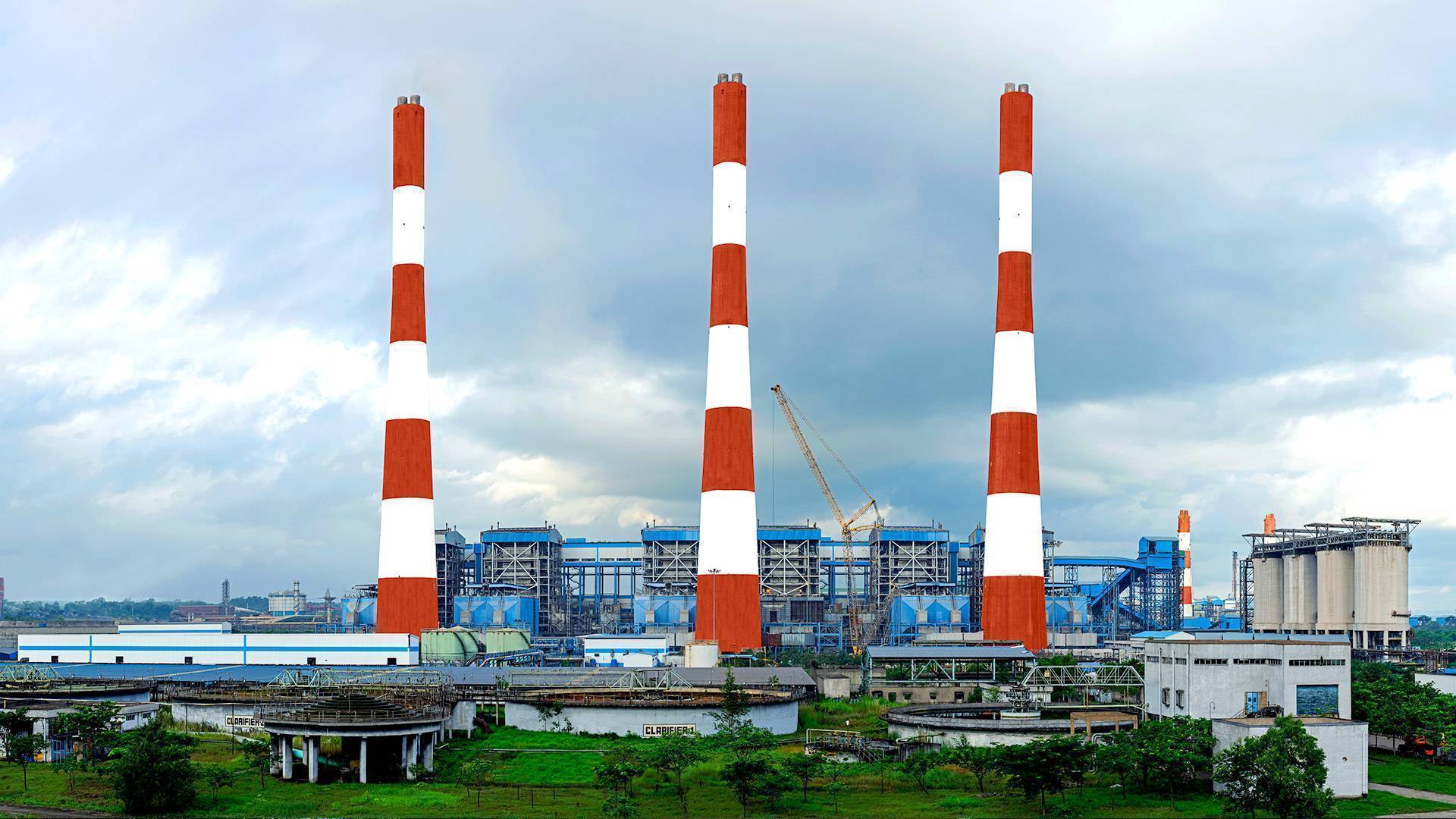
.png)